SUMMARY
This is AI generated summarization, which may have errors. For context, always refer to the full article.
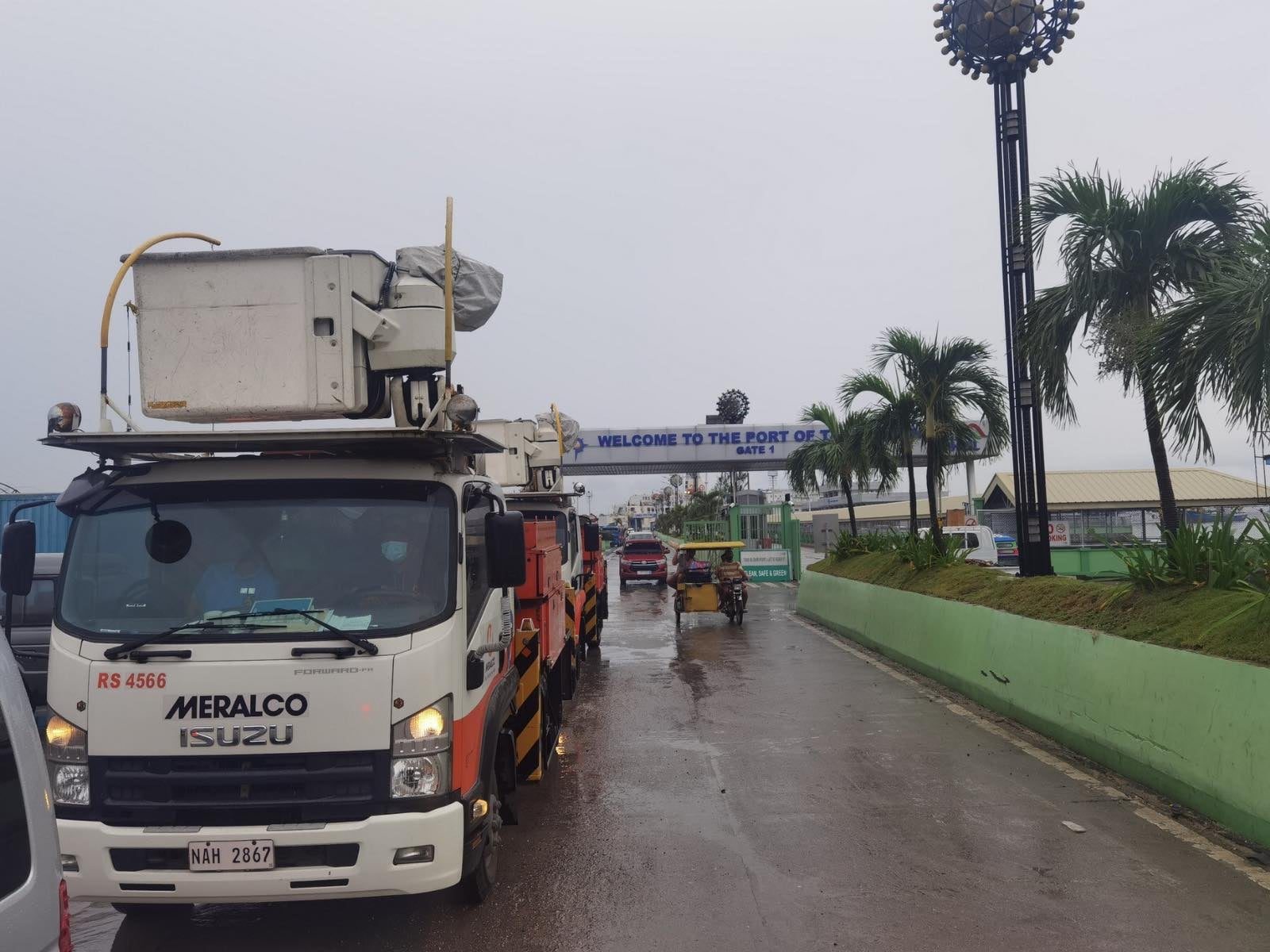
Paperwork is delaying Bohol province’s plan to tap power barges to ease the paralyzing absence of electricity in 47 towns and one component city, Governor Arthur Yap said on Wednesday, December 29.
Appearing on the ANC program Headstart, Yap urged Energy Secretary Alfonso Cusi and Energy Regulatory Commission (ERC) Chairperson Agnes Devanadera to approve exemptions needed by the National Grid Corporation of the Philippines (NGCP) and three power distribution firms to tap into sources other than the still-inaccessible flow from Leyte island.
The move is critical, he stressed, because the NGCP is struggling to repair its two felled Ubay towers that link to Leyte power sources.
The NGCP earlier promised to connect power to Bohol by December 31, but Yap said the government corporation has lately been noncommittal on its deadline.
“The NGCP can’t give us commitment or a date when they can put up their towers and their connections back to Leyte,” Yap said.
Yap, who also appealed for mobile water filtration systems, construction material, and road-clearing equipment, told the Kapihan sa Manila Bay that Bohol’s continuing blackout is causing “a perfect storm of cataclysmic proportions” for the province’s 1.4-million population.
Two weeks after Typhoon Odette (Rai) devastated huge swathes of Mindanao, the Visayas, and Palawan in mid-December, not a single locality in Bohol had power.
This affects telecommunication signals even in towns where Globe and Smart have started to repair facilities, the governor said.
Twenty-five towns in the province still do not have communication capabilities, he added.
“We can’t even coordinate relief,” Yap said. Most information come from relay relief teams bringing food and other critical supplies like bottles of water and chlorine tablets to local government units (LGUs), he pointed out.
Urgent messages
Yap has sent “urgent text messages” to Devanadera but said he has yet to get a response.
Cusi, he added, has told him the requests from the power utility firms are good as approved but that national agencies were still in the process of completing paperwork.
Yap thanked the 2GO Group for sponsoring the shipment of the first batch of equipment from the Manila Electric Company (Meralco), two of 13 vehicles that arrived at Tagbilaran port on Wednesday.
“The two basket trucks arrived in Bohol after three days’ travel and will be deployed to hasten the work of Meralco personnel in helping our distribution utilities restore our power lines,” he said. But without alternative power sources, he stressed, these efforts won’t matter.
National agencies want to make sure approved rates are not breached with the added expenses of tapping into new supply sources, Yap said.
But the Bohol governor said the problem should not be shouldered by residents of the battered province.
“It should be equitized and harmonized across the country,” he said. “NGCP commits to provide power, that is part of its ancillary responsibilities and it’s in the law, part of its contract.”
The lack of basic services keeps many Boholanos in evacuation centers, Yap said.
While the province listed 70,000 individuals in evacuation centers when Odette hit, Yap said that number goes up and down.
People leave to salvage items from damaged homes but return to the “safe hubs” because families do not feel safe yet.
“So I would place them at 100,000 congregating in evacuation centers,” he said.
The province has prepared 80,000 food packs for LGUs but Yap reminded local chief executives that they were the first responders of their communities.
Damaged homes
Yap said 90% of the province’s estimated 250,000 households or 375,000 families have been affected by damage to their homes.
The National Housing Authority said it would send P55 million for distribution to LGUs, according to the governor.
“That’s only 11,000 families,” he noted.
Boholano folks are willing to shoulder part of the labor of rebuilding their homes, Yap said. “That’s why we’ve been asking the Department of Environment and Natural Resources to ask their contractors to send chainsaws and local governments in the National Capital Region to send boom trucks. There are thousands of felled trees that we can use for transitional shelter.”
While provincial and national roads are now 90% passable, they mostly have only one lane open.
“We need two lanes open to speed up relief,” Yap said.
“Food, water, GI sheets, trapal, tarpaulin to allow citizens to take care of transitional housing, the equipment to cut lumber; please, send these,” he appealed. “Magbabayanihan ang mga tao.” (The people will show bayanihan.) – Rappler.com
Add a comment
How does this make you feel?

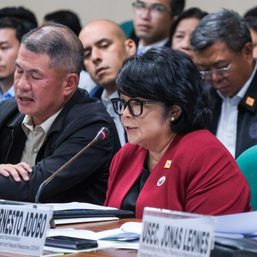
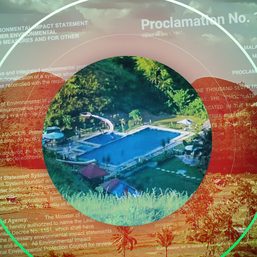
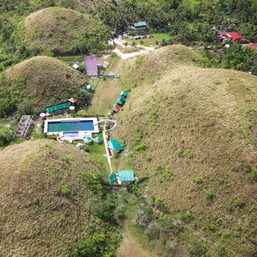
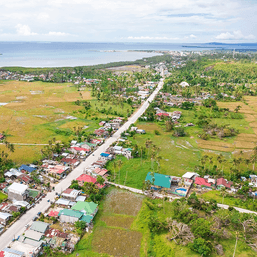
There are no comments yet. Add your comment to start the conversation.